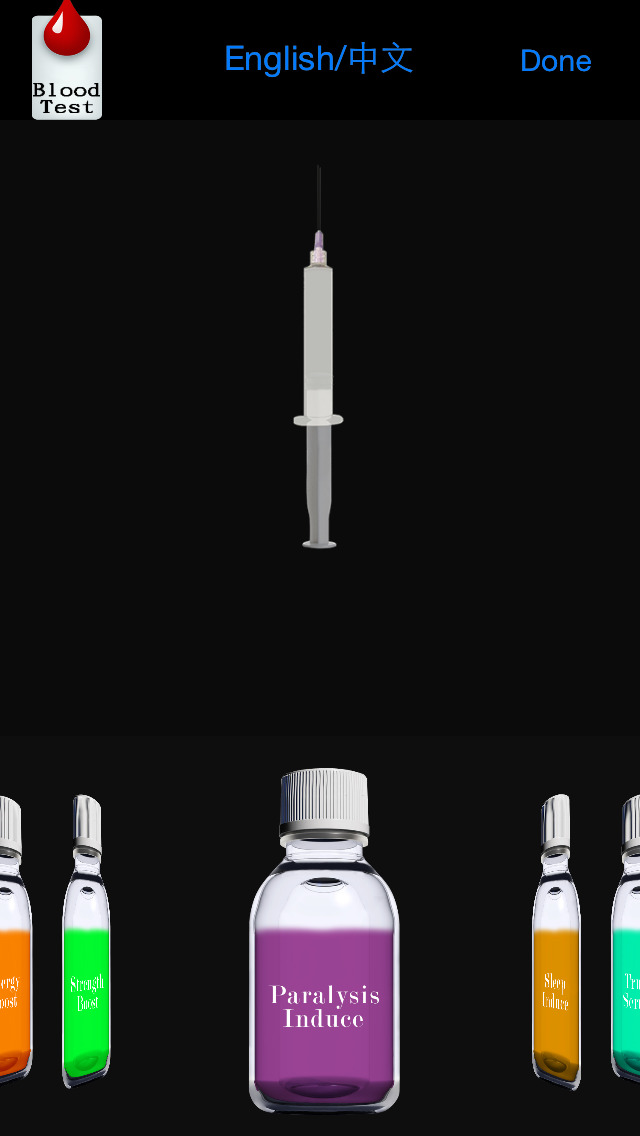



Williams divided the latter type of interventions into different strategies to improve (1) parental attitudes about childhood vaccines, (2) vaccination intent, or (3) vaccination uptake among vaccine-hesitant parents. Sadaf and colleagues summarized such interventions into 3 groups: (1) passage of state laws (such as school immunization requirements), (2) state- and school-level implementation of laws (procedural complexities of obtaining nonmedical exemptions and school policies for immunization requirements), and (3) parent-centered immunization interventions, generally with information or education purposes. To decrease vaccine hesitancy, a number of interventions employing different designs and based on various frameworks have been proposed. It includes not only refusing some or all recommended vaccinations but also accepting them despite doubt and uncertainty. Childhood vaccination coverage is generally high in most developed countries, but clusters of individuals who remain unvaccinated (eg, because they share inaccurate beliefs about one or more immunizations) indicate that the phenomenon of vaccine hesitancy remains a significant problem.


 0 kommentar(er)
0 kommentar(er)
